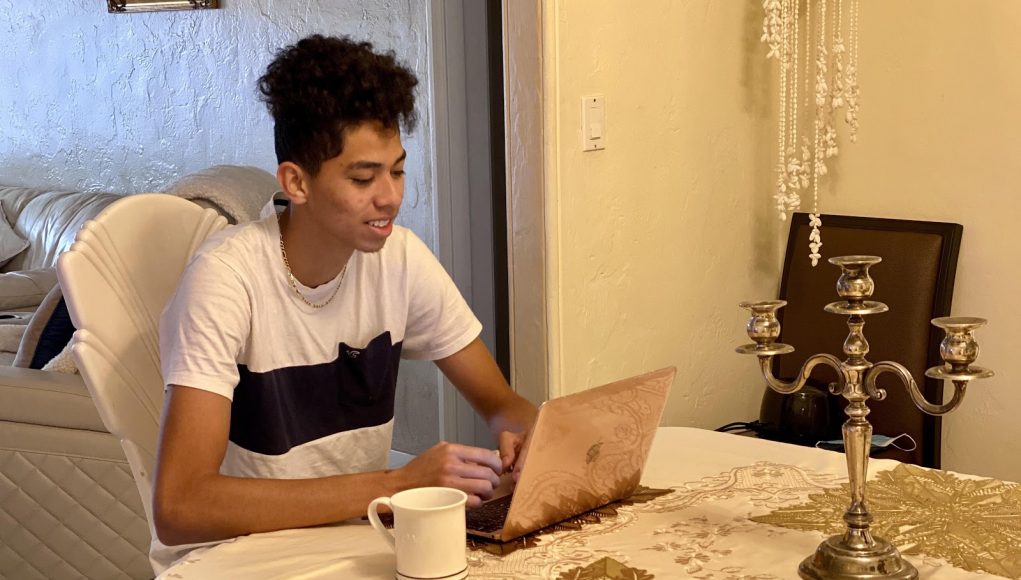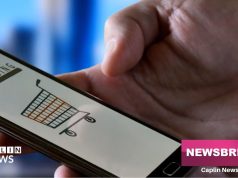“This digital platform allows me to get pay at the rate that I set,” said Ramirez. “Usually my starting price is $35 for video edits for YouTube and logo designs that I create.”
Before the outbreak, Ramirez worked as a cashier five days a week, for six hours a day.
“I have the freedom to work from the comfort of my computer and Wi-Fi,” said Ramirez. “With a lot of time on my hands now, I’m in control of how much I decide to work online.”
The COVID-19 pandemic’s impact has fueled the expansion of freelance work, which generates nearly $1 trillion in income per year in the United States — about 5 percent of the gross domestic product.
There are many side jobs that can help people avoid contact with prospective customers. With the implementation of social distancing guidelines, this work has become popular on online platforms. One of them is Side Hustle Nation.
Emmanuel Roussakis, a professor at Florida International University, expects the trend to continue even after a full economic recovery. For many freelancers, the pandemic has simply stimulated the global growth in outsourcing functions.
“Following the virus-related economic adversity, many service-focused companies are trying to restart, or streamline, their operations by tapping the ample freelance talent in the marketplace,” said Roussakis.
“I am currently working with a guy from India to update my website,” said Femenia. “But I realized that the source of income for him will never be a full-time job, he has to survive by timely tasks.”
Adjunct professors, having no benefits such as paid vacations and health insurance, are also part of the gig economy. These positions are less secure but also may be on the rise with distance learning.
“In this time of the pandemic so many businesses were closing, then you have many people doing gigs,” said Femenia, who worries about the downsides to these jobs. While workers can set their own terms, there is no security or structure.
Freelance delivery jobs have also increased dramatically as companies such as Instacart increase order capacity. Due to the quarantine, Instacart reported a profit of around $10 million in April alone, according to The Information.
UberEats is another side hustle that many people have taken advantage of during the outbreak. Nelson Solorzano, an asbestos worker, started working as an Uber driver as a consequence of being unemployed. With his side hustle, he has been able to make up for lost income.
“In April I started doing regular Uber drives but then I saw it wasn’t given a good amount of cash,” said Soloranzo. “My wife suggested switching over to UberEats since it’s a more popular service, which I did.”
Solorzano said his experience made him realize how important it is to have more than just one job.
“Having two or three sources of income is now a necessity,” said Soloranzo. “It prepares you for out-of-the-blue circumstances like this one.”































